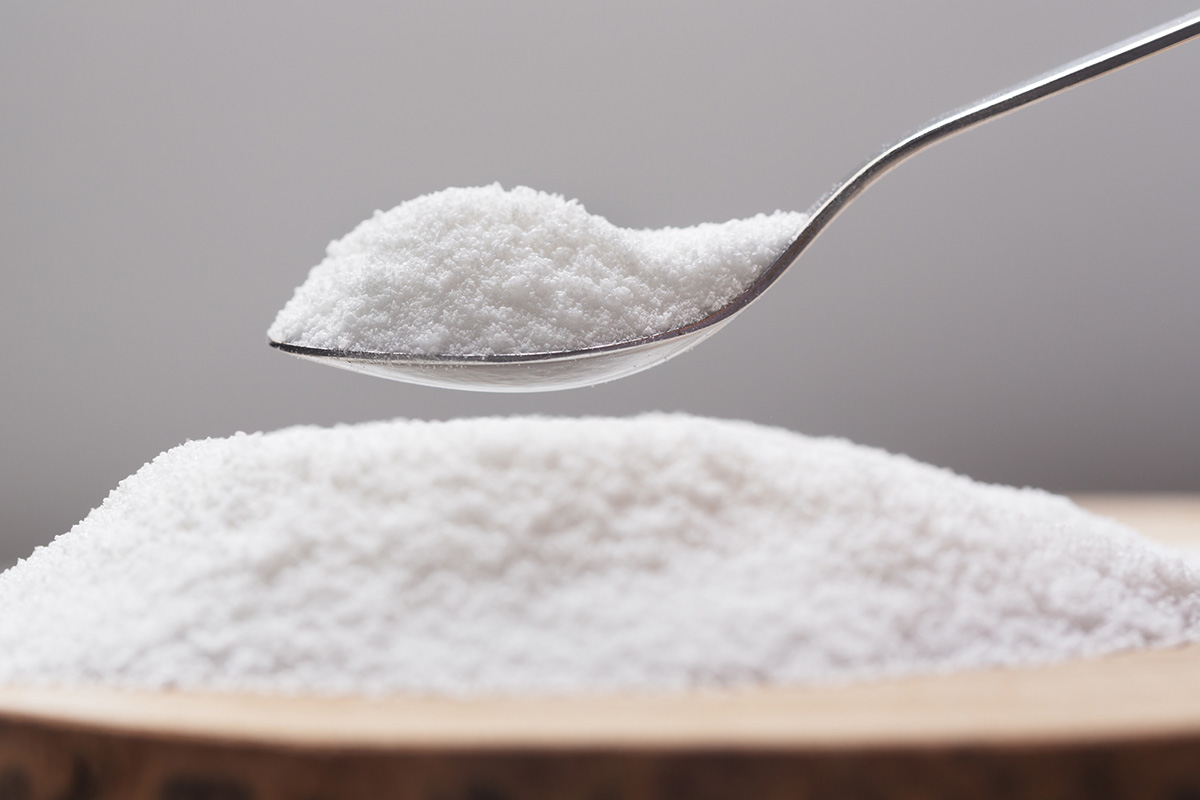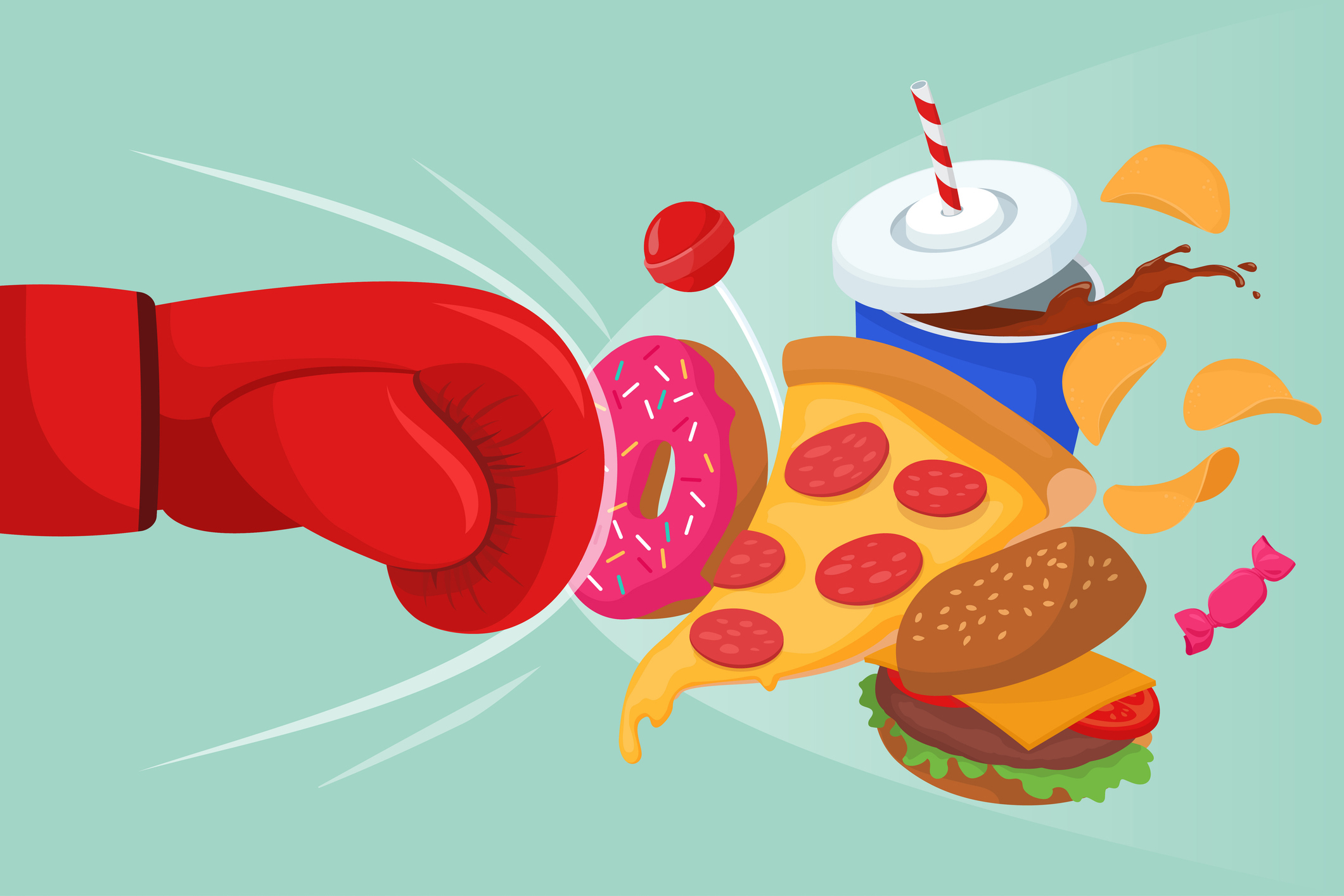
Last week, New York City’s government website NYC.gov triumphantly announced:
“Mayor Adams, NYC Health and Hospitals CEO Katz, Announce Successful Rollout and Expansion of Plant-Based Meals as Default Option for Patients in NYC Public Hospitals”
A default option means that, unless you otherwise specify, you’ll be offered a vegetarian meal if you’re a patient in a City hospital. As an example, the announcement features a photo of a typical offering, “Southern Black-eyed Pea Casserole with Plant-Based Corn Bread topped with Plant-Based Shredded Cheese.” This notwithstanding the fact that a recent study showed that genuine cheese consumption reduced heart attack risk!
NYC Health and Hospitals President and CEO Mitchell Katz, MD gushed: “As a primary care physician, I speak with all of my patients about the importance of a healthy diet and how it can help fend off or treat chronic conditions like type 2 diabetes, high blood pressure, and heart disease . . . our new meal program is rooted in evidence for health benefits and environmental sustainability.”
There’s no question hospital food is abysmal. Being sick is a teachable moment, and confronting a hospital breakfast of soggy white toast slathered with margarine alongside a bowl of Cream of Wheat, packets of sugar and Coffee mate® for your instant coffee, and a container of sugar-laden orange-flavored “fruit drink” is surely a missed opportunity. For lunch and dinner there’s usually mystery meat or desiccated fish sticks, limp string beans and carrots, and a dollop of instant mashed potatoes. Maybe a sugary pudding or cake for dessert.
There’s always the option of adding a can of Ensure to backstop your nutritional gaps, but it’s laden with refined oils, emulsifiers, artificial flavorings and high-fructose corn syrup.
When I was hospitalized with a broken hip after a bike accident in 2006, I quickly concluded that the key to my recovery was getting helpful relatives to bring in nutritious foods from outside. Cans of Ensure piled up until they obscured my view of the room TV. When the registered dietician popped in to ask me if I needed anything, I growled: “Yes! Get these #! @*&% cans off my table so I can watch the news!”
Trouble is, hospitals are sorely pressed to break even. They often outsource food services to the lowest bidder, who provide inexpensive institutional grub, oblivious to nutritional value. The most pricey food component is protein, so meals tend to be loaded with cheap carbs to meet minimal caloric demands.
Worse yet, many hospitals lease “pouring rights” to fast-food franchises who sell junk food to visitors and staff in their cafeterias.
Admittedly, the situation is improving as better hospitals try to get a jump on the competition by offering concierge-level services.
Mayor Adams is a devotee of the vegetarian diet as a path to health. He’s personally embraced plant-based eating after a bout with type 2 diabetes which temporarily threatened his vision back in 2016. Since then he’s lost 35 pounds, lowered his cholesterol by 30 points, and reversed the neuropathy he was experiencing in his hands and feet.
No question that he’s a role model, especially for the African American community that suffers inordinately from diet-related obesity, diabetes, hypertension, heart disease, kidney failure and stroke. He’s become an evangelist for his style of eating.
But applying a prevention model to hospital food is a terrible miscalculation. Regardless of the purported benefits of vegetarianism for prevention of diabesity—and it could be argued that a traditional Mediterranean diet or even a very low-carb Atkins diet might achieve comparable results—for many hospitalized patients a vegetarian diet would prove an unmitigated disaster.
The reason is that sickness is an enormously catabolic event. By that it is meant that the body loses lean mass and musculature at a vastly accelerated rate. The process of sarcopenia, the natural progression by which muscle is replaced by fat as one ages, takes an enormous and often irrevocable leap.
Appetite is compromised, resulting in limited food intake. Absorption may be limited if the GI tract is involved. Inflammation turns on the body’s catabolic afterburners. Immobilization causes muscles to atrophy. Pain and stress surge production of cortisol—a catabolic steroid. And the demands for wound healing, particularly after major surgery, draw down the body’s reserves.
After leaving the hospital, many people are never the same; their descent into frailty has markedly accelerated.
And what is typically in short supply is protein, delivering the building blocks for the body’s structures. It’s the limiting factor for muscle synthesis; carbs and fats, while providing calories, don’t pack the amino acids that are constituents for tissue preservation and repair. Protein is the opposite of catabolic—it’s anabolic.
It’s been argued that standards for protein intake for elderly Americans, who comprise the majority of hospitalized patients, are vastly underestimated; Moreover, the mere facts of being sick or subject to surgery may amp up protein demands, above what’s needed to maintain basal metabolism. Hospital nutrition teams struggle mightily to keep patients out of “negative nitrogen balance”—a state where protein losses outpace intake—to keep malnutrition from compromising recovery.
In a 2018 article entitled “Acute Sarcopenia Secondary to Hospitalisation – An Emerging Condition Affecting Older Adults”, the authors conclude:
“We hypothesise that hospitalisation, due to a combination of acute inflammatory burden and muscle disuse, leads to an acute decline in muscle mass and function and may lead to some individuals meeting criteria for sarcopenia . . . This may be partially recoverable or may lead to increased risk of developing sarcopenia long-term.”
Burn victims, especially, require massive protein support. A recent review states:
“Proteolysis is greatly increased after severe burn and can exceed a half pound of skeletal muscle daily. Protein supplementation is needed to meet ongoing demands and supply substrate for wound healing, immune function, and to minimize the loss of lean body mass.”
That’s where a vegan diet comes up short. True, grains, legumes, nuts, and even vegetables contain protein. But it’s often incomplete, lacking certain amino acids—especially leucine—that are essential for muscle repletion. In addition, unlike eggs, dairy products, fish, poultry, and meat, they are less protein-dense; their protein is packaged with plentiful carbohydrates in the form of starch. And trypsin inhibitors in plants inhibit protein digestion.
Additionally, the complex fiber matrix which encloses vegan protein further hampers bioavailability. The net protein utilization (NPU) for meat or eggs—which mirror human tissue in their composition—is far higher than for comparable amounts for legume protein. While animal protein is nearly 100% bioavailable, vegetable proteins range lower per gram of weight, meaning you have to consume more to get the same amount of protein. And for hospitalized patients with compromised appetites and absorption, protein efficiency matters.
Making matters worse are the deleterious effects on digestion of ersatz meats like the Impossible Burger. For example, a recent study is entitled “Plant-Based Meat Analogues Weaken Gastrointestinal Digestive Function and Show Less Digestibility Than Real Meat in Mice”.
Moreover, hospitalized patients with digestive challenges are typically administered a low-residue diet. It specifically proscribes beans, nuts, and whole grains—vaunted sources of plant protein, but laden with fiber and overly burdensome to a debilitated GI tract. Favored sources of protein on the low-residue diet include eggs and beef, lamb, chicken, fish, and pork, as long as they’re lean, tender, and soft.
History is littered with examples of the unintended consequences of ostensibly good deeds: Prohibition, overuse of antibiotics, releasing the mentally ill en masse from confinement in psychiatric hospitals, the “just say no” approach to drug addiction, and widespread deployment of dangerous pesticides to name but a few.
Let’s just hope the collateral damage of Mayor Adams’ ill-considered hospital nutrition initiative won’t be too pervasive before we wake up to its detrimental effects.
See more at “‘EAT-Lancet’ is hard to digest”.







